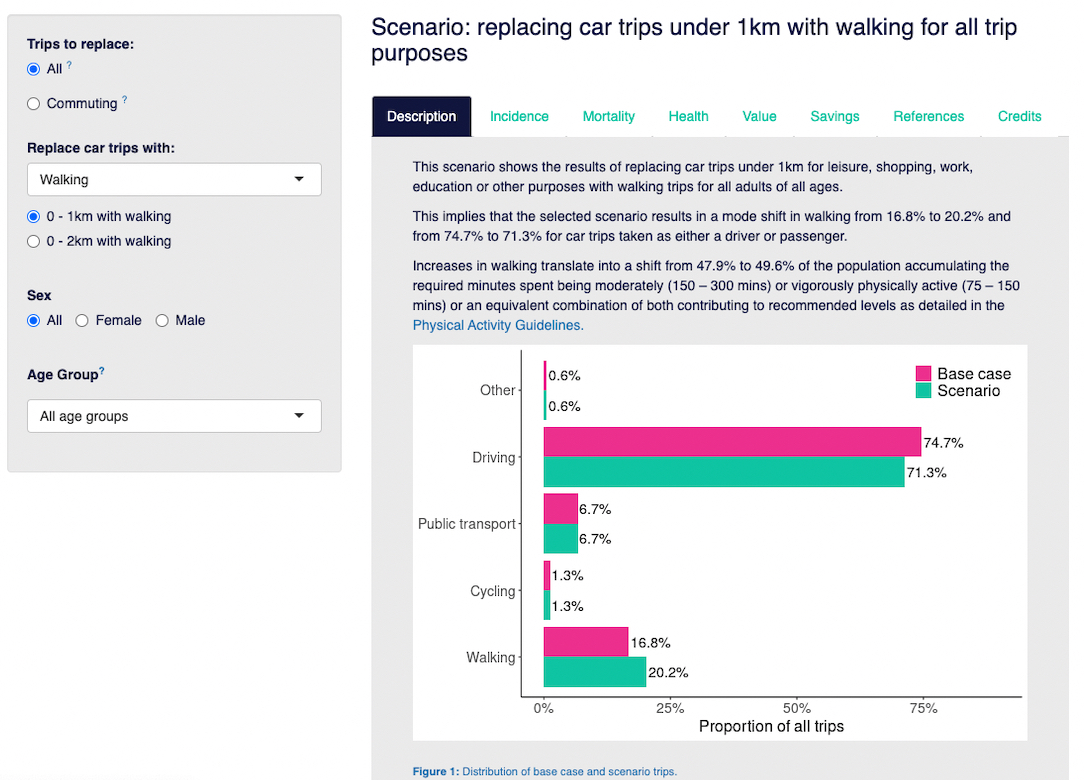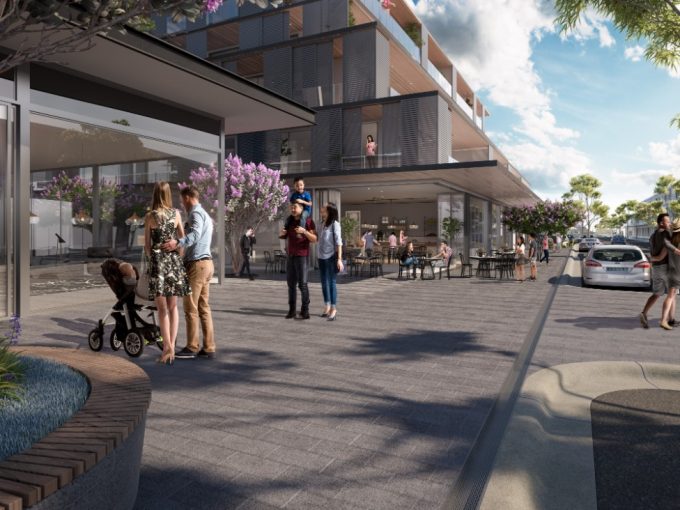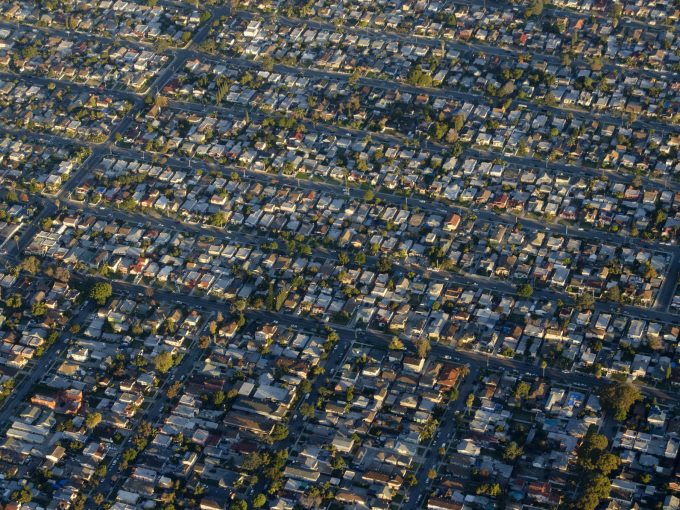Today a team from the RMIT Centre for Urban Research are launching THAT-Brisbane, a transport and health assessment tool for planning healthier cities.
The Transport Health Assessment Tool for Brisbane (THAT-Brisbane) is a new online tool based on the award-winning THAT-Melbourne tool, launched in 2021.
Co-led by Dr Lucy Gunn and Australian Urban Observatory (AUO) Director Professor Melanie Davern, the tool will be freely available on the AUO website. The development team also included Dr Belen Zapata-Diomedi as modelling lead, with modelling from Steve Pemberton and Dr Alan Both, who also worked on web development.
Both the Brisbane and Melbourne tools measure and evaluate the health benefits of replacing short car trips with active transport, however the new tool for Brisbane includes data for an expanded suite of chronic diseases, including depression, Alzheimer’s and specific cancers. THAT-Brisbane also translates health benefits into a measure of dollar values and cost savings that arise from reducing incidence of chronic diseases.

The new Brisbane tool was developed through collaboration and consultation with policymakers and practitioners who saw benefit in including a monetary translation of health benefits and evaluation of health cost savings for simulation scenarios.
Half of Australian adults do not do enough physical activity to achieve physical and mental health benefits, and more than three quarters commute by car. By demonstrating the health and financial benefits of switching to active modes of transport, the tools can be used by planning and policy practitioners for reporting and advocacy purposes to support the provision of walking and cycling infrastructure.
To find out more about the tool read the findings brief.
To try out the tool here.
Watch a video tutorial here.





